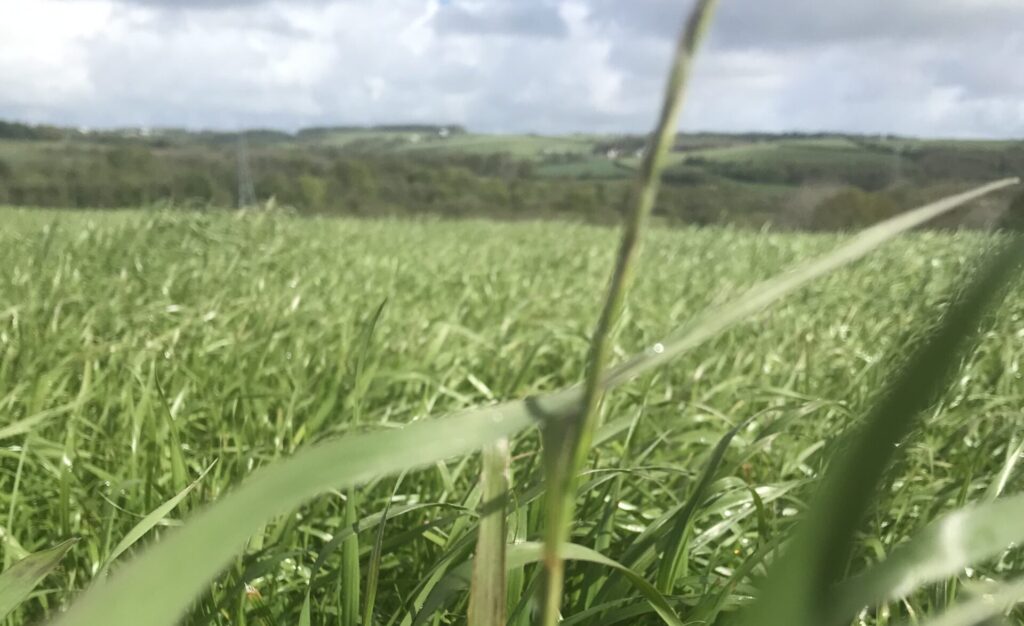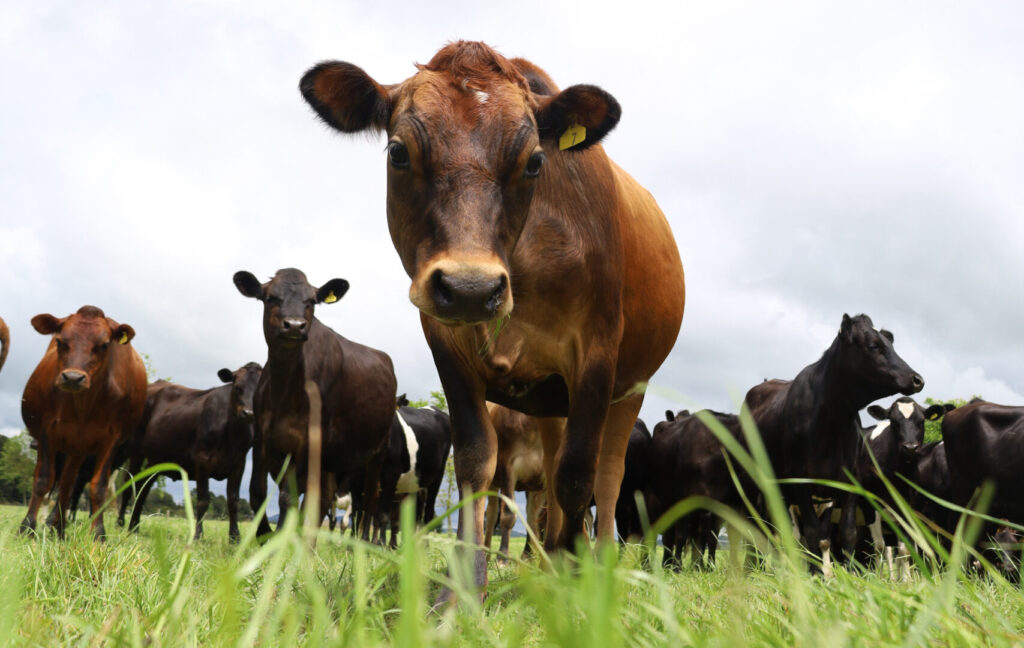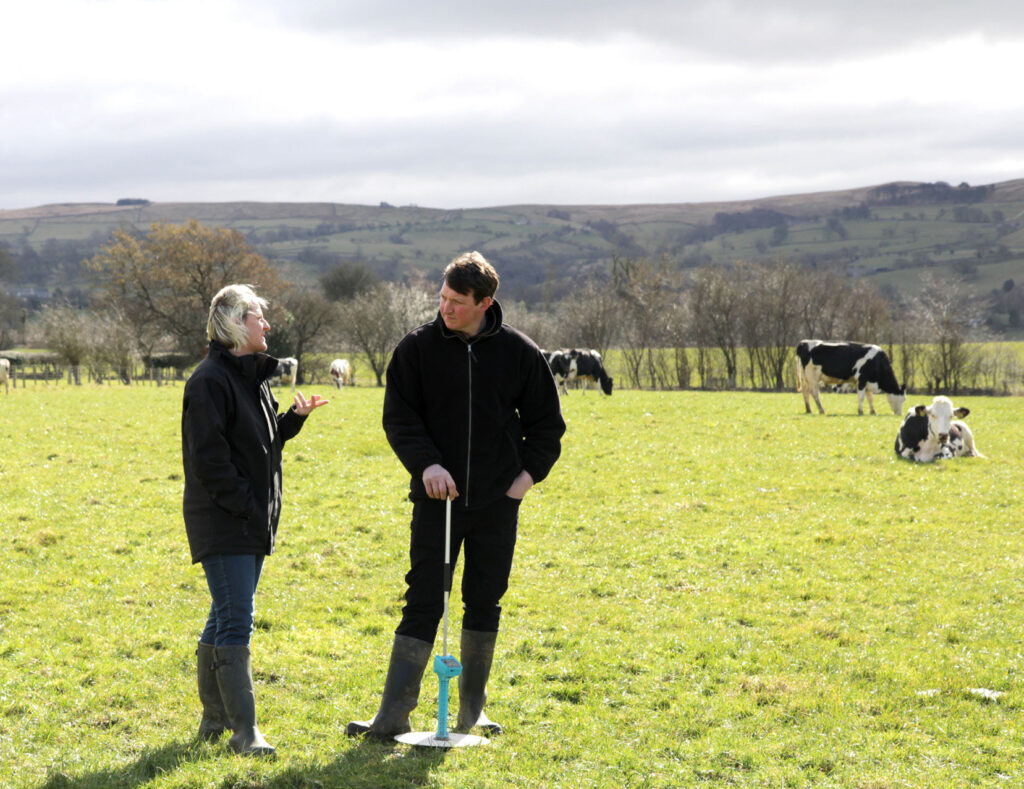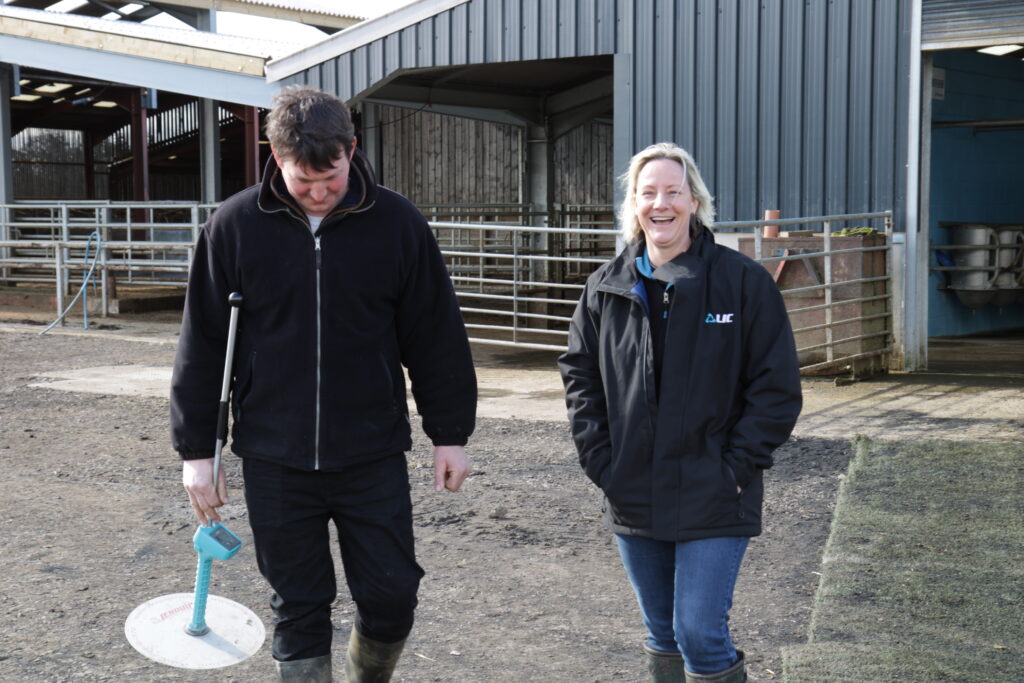With the price of running a business on the rise, LIC’s lead Pasture to Profit consultant, Sean Chubb, gives some tips on how to ensure your business is resilient in these challenging times.
By now you may have realised that prices are on the move throughout your business. This is thanks in part to the international supply chain needing many months to get back up to speed after the shock of covid. However, the positive here is that this also means the milk price is on the rise. The question you need to ask yourself is, is it going up fast enough and high enough to offset your rising expenses? A resilient business is going to be better placed to withstand these price changes. It’s not too late to make changes now.
Make the best use of your grass
Grazed grass is always going to be your lowest cost form of feed, even with the price of fertiliser. It’s for this reason that having the highest level of grazed grass as possible is important. Your stocking rate, soil type and system will impact what level is achievable, but realistically all farmers should aim for at least 7-8 months of grazing.
To get the most out of your grazed grass, it’s important to ensure it is kept in good quality. To accomplish this, accurate allocations and achieving correct entry covers and residuals are a must.
It’s also important to reassess the price of your other animal feeds to ensure that you have the most cost-effective ration for your system. To do this, simply break the costs of each feed type down to ‘cost per Kg/DM, per MJ/ME, and per % of protein’. From here, alter your rations to reduce costs while maintaining production.
Use what you have on-hand
Are you making the most of the resources that you have to hand? Slurry is one resource that I often see treated as a liability rather than a resource. Standard cattle slurry is 6% dry matter and has 2.6kgs N/m3 of which 40% is available to the plant when it’s spread between February and April. Nitrogen in slurry, like any other form of nitrogen, acts as a growth multiplier, so applying it to growing plants is going to yield better responses.
Teagasc recommends early March application of 28 cubic metres/ha, which is around 29kgN/ha. When you turn out in February you should have 30 – 40% of the farm grazed by early March. That pasture would be ideal for slurry application, as the grazing has stimulated growth and the low covers will mean less chance of rejection from the cows next grazing.
Less is more
Finally, sometimes ‘less is more’. What I mean by this, is that some farmers could be better off milking slightly fewer cows. In many cases when this is done the farm doesn’t see any reduction in milk output, as the removal of the bottom cows allows the other cows to express their production potential better. Irrespective of the system, every herd will have a distribution of cows from the top producers to the bottom.
Examine your bottom-end producers. If the bottom 5 – 10% of the herd is not producing enough milk to cover the per cow costs, then these cows are having a negative impact on the cash position and removing them will improve your position. Run some numbers and see how your herd stacks up.
If you’re interested in finding out how resilient your business is, or ways to improve the resilience of your business, please contact Sean Chubb on 07833228501 or schubb@liceurope.com.



